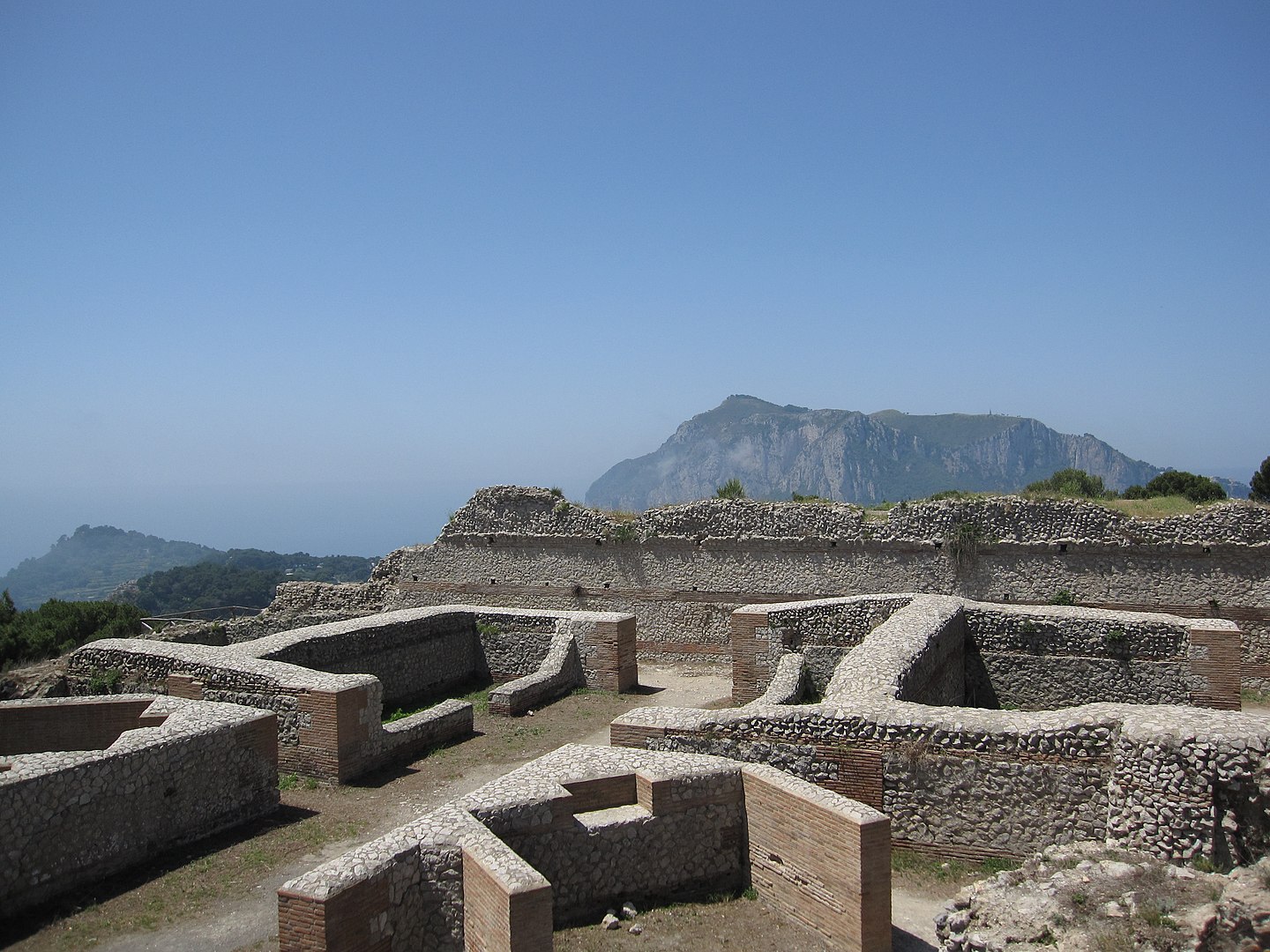The island of Capri and its main city of the same name boast a long and illustrious history. Virgil’s Aeneid claims that Greek colonists from Teleboi settled the island, but evidence suggests that it held earlier inhabitants. The Romans themselves made the initial discovery. Suetonius recorded that during excavations for one of Augustus’s villa getaways, workers discovered stone weapons and giant bones. Modern archeologists have confirmed the island’s more ancient history, dating its habitation back to the Neolithic Era.
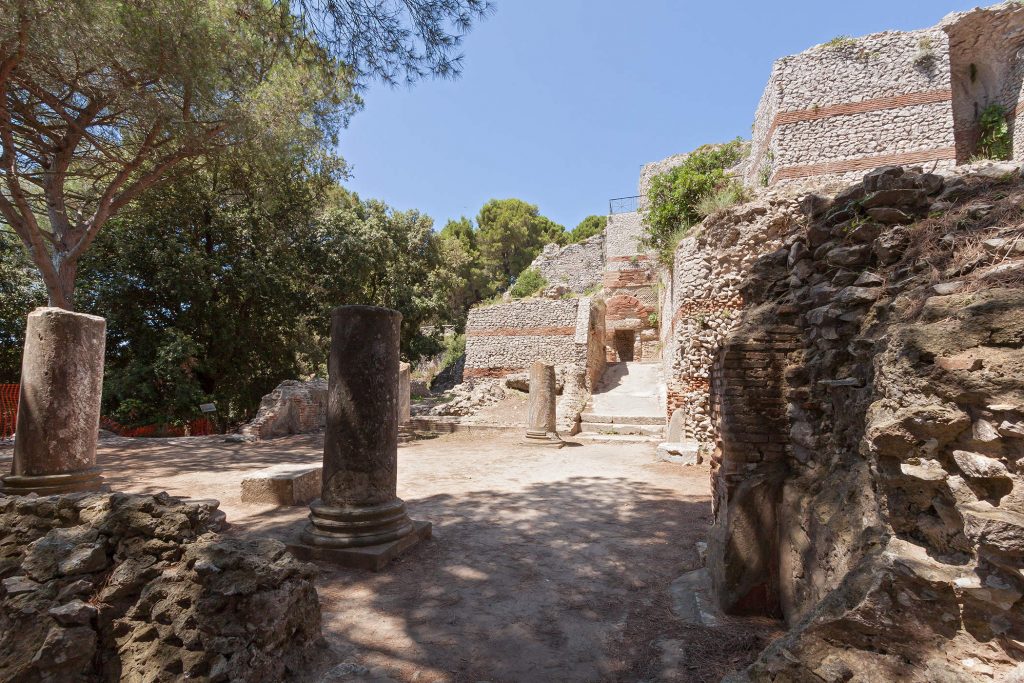
Capri’s greatest boom came during the early years of the budding Roman Empire, when it became a favorite vacation spot of several emperors. Augustus began the development of the island, commissioning a luxurious villa as well as temples, aqueducts, and gardens. Yet today, it is the several villas of his successor, Tiberius, which attract the most attention. One of these, the Villa Jovis, is one of the most well-preserved Roman villas in all of Italy. Toward the end of his reign, Tiberius eventually moved to his Capri villas permanently. There he enjoyed the seclusion and safety of the island, far from intrigue and treason, and, according to gossip of the day, engaged in all kinds of depravity and corruption at Capri.
Death and Intrigue
Tiberius inherited rule over the fledgling empire from Augustus. Though he initially attempted to refuse the honor, he eventually accepted the titles granted to him by the Roman Senate. However, he stalwartly refused Pater Patriae, Imperator, and Augustus. The humble rejection of power might seem like an act meant to boost his reputation, if not for the fact that Tiberius seemed truly disinterested in ruling. His orders to the Senate were often vague and confusing. Tacitus stated that it appeared he wished the Senate would function without him. He relied heavily on Germanicus, his successful nephew and adopted son and heir, immensely popular with the people of Rome, and his own son, Drusus. Unfortunately, Germanicus died a year after taking control of the eastern half of the Roman Empire. Gnaeus Calpurnius Piso, governor of Syria, was accused of poisoning him.
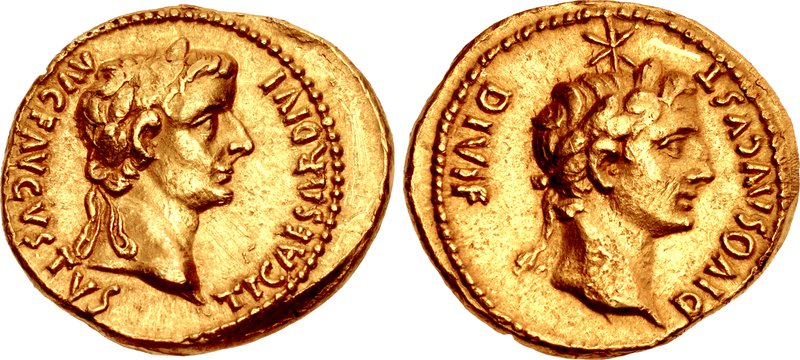
Tiberius and the Senate brought Piso to Rome to stand trial. Although they all agreed that he had “tampered with the soldiery, that he had abandoned the provinces to the mercies of every villain, that he had even insulted the commander-in‑chief,” no definitive evidence proved poisoning. While the trial continued, the officials heard a commotion outside. The citizens of Rome, enraged by the death of Germanicus, were tearing apart effigies of Piso and swearing that if the Senate did not dispense justice, they would. In the morning after the second day of trial, Piso was dead in his room next to a sword. Most believed that he had committed suicide. However, some whispered rumors that Piso had a document which would implicate Tiberius in Germanicus’s death, and so the emperor had sent assassins to dispose of him.
Treason of Sejanus
The event seems to have soured Tiberius toward politics, something he had never seemed to enjoy anyway. Shortly after, he shared many of his powers with his son, Drusus, and began taking longer and longer vacations in Campania. When Drusus also mysteriously died, Tiberius withdrew to Capri. He left Rome in the hands of Lucius Aelius Sejanus, a longtime official of the emperor. Sejanus governed Rome day to day, but was not yet Tiberius’s successor. After a few years, he began to seek greater power, executing a number of important Roman Senators who might oppose him, including Germanicus’s widow and two of their sons, potential rivals for imperial power.
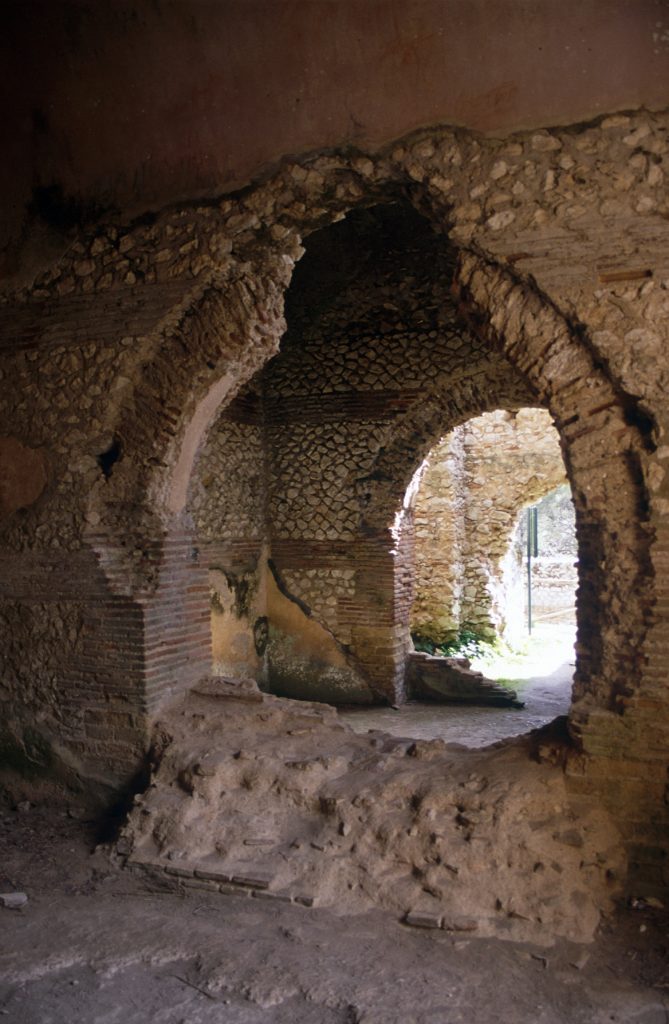
Yet in 31 A.D., he pushed his power play too far, plotting even the overthrow of Tiberius. He appeared before the Senate, only to learn that they had received a letter from Tiberius condemning him to death. The Senate also executed men associated closely with Sejanus. Tacitus describes the time as a bloody massacre, with heaps of bodies dumped into the Tiber River, their families forbidden to mourn them. Tacitus may be exaggerating in number and brutality, but modern historians agree that around fifty-two Romans died on charges of treason. Tiberius never returned to active rule, but left Rome running under the orders of the Senate.
Corruption at Capri
Tiberius remained in Capri, and soon gossip spread regarding what exactly he was doing there. He gained a reputation as a sexual deviant, apparently enjoying orgies and bringing “experts in deviant intercourse” to perform in front of him. Suetonius described the villas as being decorated with promiscuous sculptures and paintings, and containing fully stocked erotic libraries to furnish examples of what Tiberius desired. He was believed to have put one woman, Mallonia, on trial because she refused to sleep with him. She eventually committed suicide. Another “story is also told that once at a sacrifice, attracted by the acolyte’s beauty, he lost control of himself and, hardly waiting for the ceremony to end, rushed him off and debauched him and his brother, the flute-player, too; and subsequently, when they complained of the assault, he had their legs broken.”
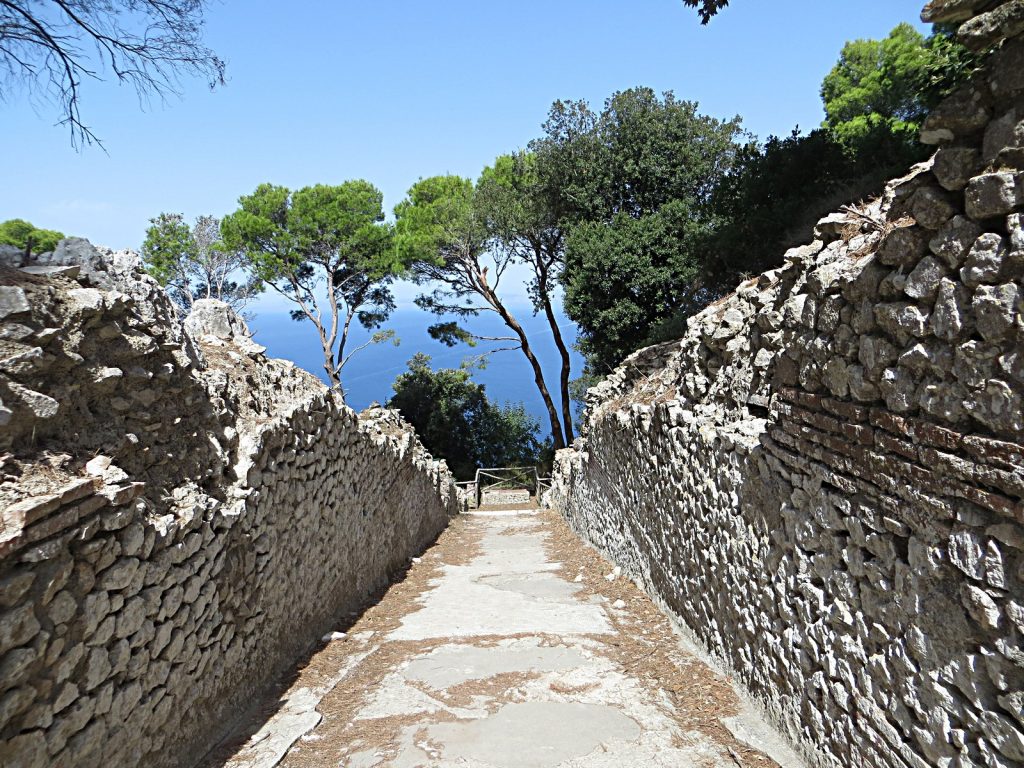
The worst of the accusations labeled him a child molester, saying that he trained young boys to “crawl between his thighs when he went swimming and tease him with their licks and nibbles,” and reportedly had nursing babies brought to pleasure him. Modern historians tend to believe that these tales were sensationalized by Tiberius’s opponents after his death. However, depravities in the ancient world were certainly not unknown. The full truth will likely remain a mystery, but the records kept by the ancient historians certainly indicate the public sentiment towards Tiberius at the time. Unsurprisingly, upon his death, the Senate would not grant him any posthumous honors. The people celebrated his demise. Some prayed that he be eternally damned and others urged that his body should be thrown into the Tibur like a criminal. However, he received a proper cremation, and his ashes interred in the Mausoleum of Augustus.
What to See Here?
Prehistoric evidence has been found on the island at several sites, as even attested by the Roman historian Suetonius. Remains of the fortification walls built by the Greeks with limestone rocks and square blocks are still visible from the terrace of the funicular railway. The Roman villas have been identified too and their ruins are visible along the coastline. Especially well preserved are those excavated in the 19th century and then in 1935 at the opposite sides of the island: facing west there is the “Villa di Damecuta”, while the Villa Iovis lies on the north-eastern tip.
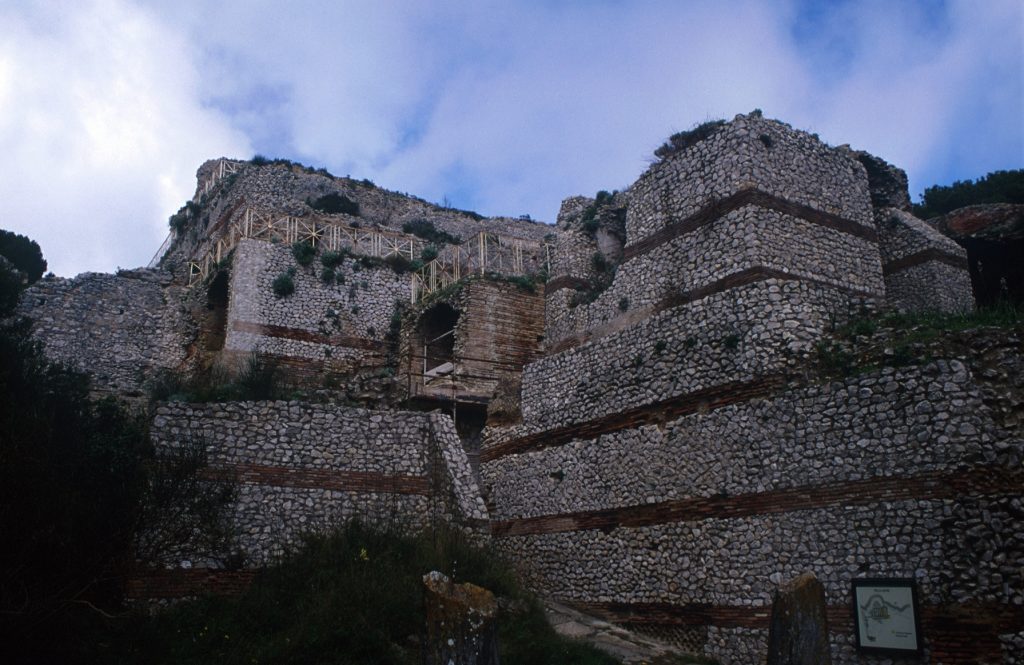
Its complex consisted in a four-sided court with cisterns for collecting water. A ramp led to the entrance hall and a corridor paved in white mosaic led to a second vestibule. From there one could pass to the reception hall on the east side and the baths on the floor above. The west side was occupied by the servants’ lodgings. The imperial apartments, a large semicircular hall, and the private quarters were to the north.
A lighthouse towered on the ridge of the mountain beside the villa. On the other hand, the “Villa di Damecuta” included a belvedere, a residential section, and an even more scenic lodging on the slope of the promontory. Cinders from Mt. Vesuvius buried this building in 79 AD. The most significant finds from the excavations on the island are on display at the Museo Ignazio Cerio in Capri and the Museo Archeologico Nazionale in Naples.
Sources: Tacitus, Annals; Suetonius, Life of Tiberius; Cassius Dio, Roman History; Velleius Paterculus, Compendium of Roman History
Author: Marian Vermeulen for Timetravelrome
Header picture: Villa Jovis by Psychs licensed under CC BY-SA 2.0
